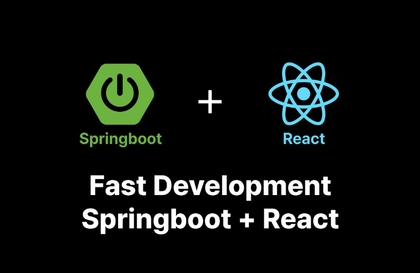담백하다. “무엇을 배울 수 있다”는 소개조차 없이, 이력서에 무엇을 써야 면접관이 고개를 끄덕이는가를 실전으로 파고든다.
회원/인증 서비스 백엔드 개발자로 실무를 하고 있고, 대부분 온프레미스 환경에서 직접 장비와 인프라를 다루다 보니, ‘클라우드 기반 실습’이 나오는 강의는 보통 “내 환경이랑은 다르니까” 하며 건너뛰곤 했다. 이 강의도 Terraform으로 AWS EC2와 RDS를 다루는 파트가 있지만, 이상하리만큼 거부감이 없었다.
Terraform을 소개하면서도 마치 bash 스크립트처럼 단순하게, “왜 이걸 쓰는지”와 “이걸 통해 성능 개선 지표를 어떻게 수집하는지”에 집중한 덕분이다.
강의 흐름 자체가
‘왜 필요한가 → 어떻게 구성하는가 → 수치로 증명하려면 무엇이 필요한가’
로 정리되어 있어서, 단순한 인프라 실습이 아니라 이력서에 한 줄로 “성능 수치를 근거로 개선안을 도출했다”라고 쓸 수 있게 만들어준다.
나는 실제로 물리 서버가 가득 찬 온프레미스 랙 환경에서 인증 시스템을 운영하고 있다.
Web01, Web02, ARS, Staging, DB 백업 장비까지 실물이 전부 있는 환경이다.
그런 환경에서도 이 강의에서 설명한 Prometheus, Grafana, CloudWatch 지표 설계와 부하 테스트 → 개선 사이클은 그대로 적용 가능했다.
클라우드냐, 온프레미스냐는 이 강의에선 중요하지 않았다.
3주차 인덱스 최적화 강의는 처음엔 흔한 DB 기본기 수준일 줄 알았다.
그런데 실행 계획을 읽고 병목을 추적하는 시야 자체를 교정해준다.
Covering Index의 의미도 단순히 “빠르다더라” 수준이 아니라, I/O 비용 절감과 전체 튜닝 전략에서의 위치를 명확히 짚어준다.
나도 실제로 신원 확인 이력 API를 튜닝할 때, 단순히 쿼리 길이만 줄이려 했던 경험이 있었는데,
강의를 따라가다 보니 “이건 범위 인덱스 조건이 안 먹힌 케이스였네”라는 걸 바로 캐치할 수 있었다.
그런 종류의 감각은 오로지 케이스를 중심으로 설명하는 강의에서만 얻을 수 있다.
이후 트랜잭션, 락 전략, 코드최적화 강의도 기대된다.
이 강의는 단순히 실무 지식을 전달하지 않는다.
“그 경험을 이력서에 어떻게 적을 것인가”까지 안내해주는 유일한 강의다.
그래서 나는 이제 이력서에 "정산 배치 프로세스 자동화 및 통계 처리 시스템 개선"처럼 적고 넘어갔던 항목을,
강의에서 배운 수치화된 성과 표현, 문제 해결 중심의 구성 방식, 그리고 구조적 전환의 의미를 드러내는 흐름을 반영해서 아래와 같이 바꿨다.
- Oracle 프로시저 + Excel 기반 통계 시스템으로 인해 월 평균 1,400만 건의 본인인증 거래 ROW 데이터를 수작업 처리하며 2시간 이상 소요, 업무 충돌 및 인적 오류 위험이 상존
- Spring Scheduled + Crontab 기반의 E2E 자동화 배치 시스템 구축
- Crontab으로 병렬 실행 충돌 방지 및 실행 주기 유연화
- Apache POI 기반의 리포트 생성 자동화 + 관리자 이메일 자동 발송 포함
- 처리 시간 2시간 → 15분(88% 단축), 정산 오류율 0% 유지, 자동화된 리포트로 유관 부서의 의사결정 속도 향상
이후 실무에서 어떤 구조가 안정적이고, 어떤 설계가 유지보수에 유리한지를 판단하는 기준이 생겼고,
이 기준은 곧바로 내 이력서와 사고방식에 녹아들고 있다.
그건 단순한 스킬 업이 아니라 실력을 말로 풀어낼 수 있는 능력의 변화다.
이 강의는 '백엔드 개발자로서 내가 무슨 일을 했는지를 말할 수 있게 해주는 강의’다.
클라우드가 아니어도, 최신 기술이 아니어도,
이력서의 문장을 바꾸고 싶은 개발자라면 꼭 들어야 할 강의다.








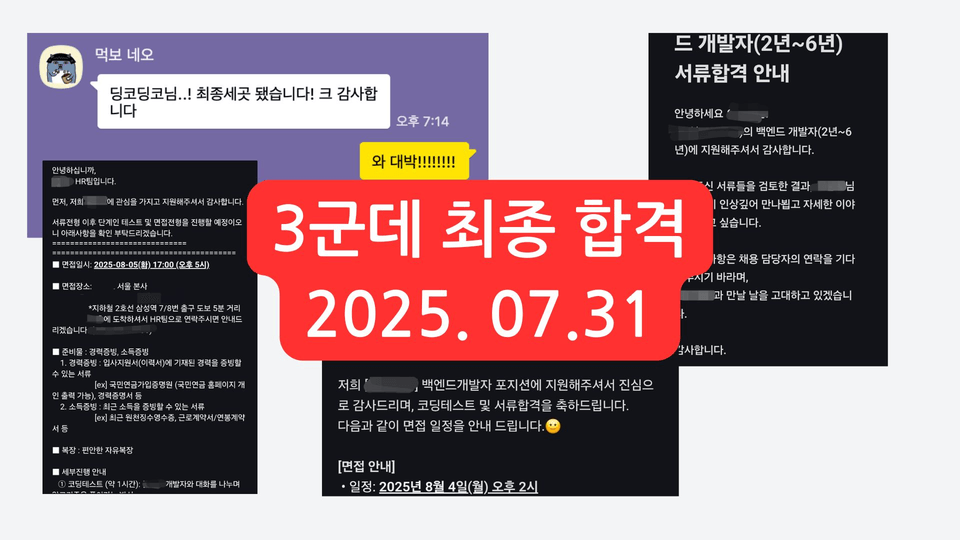






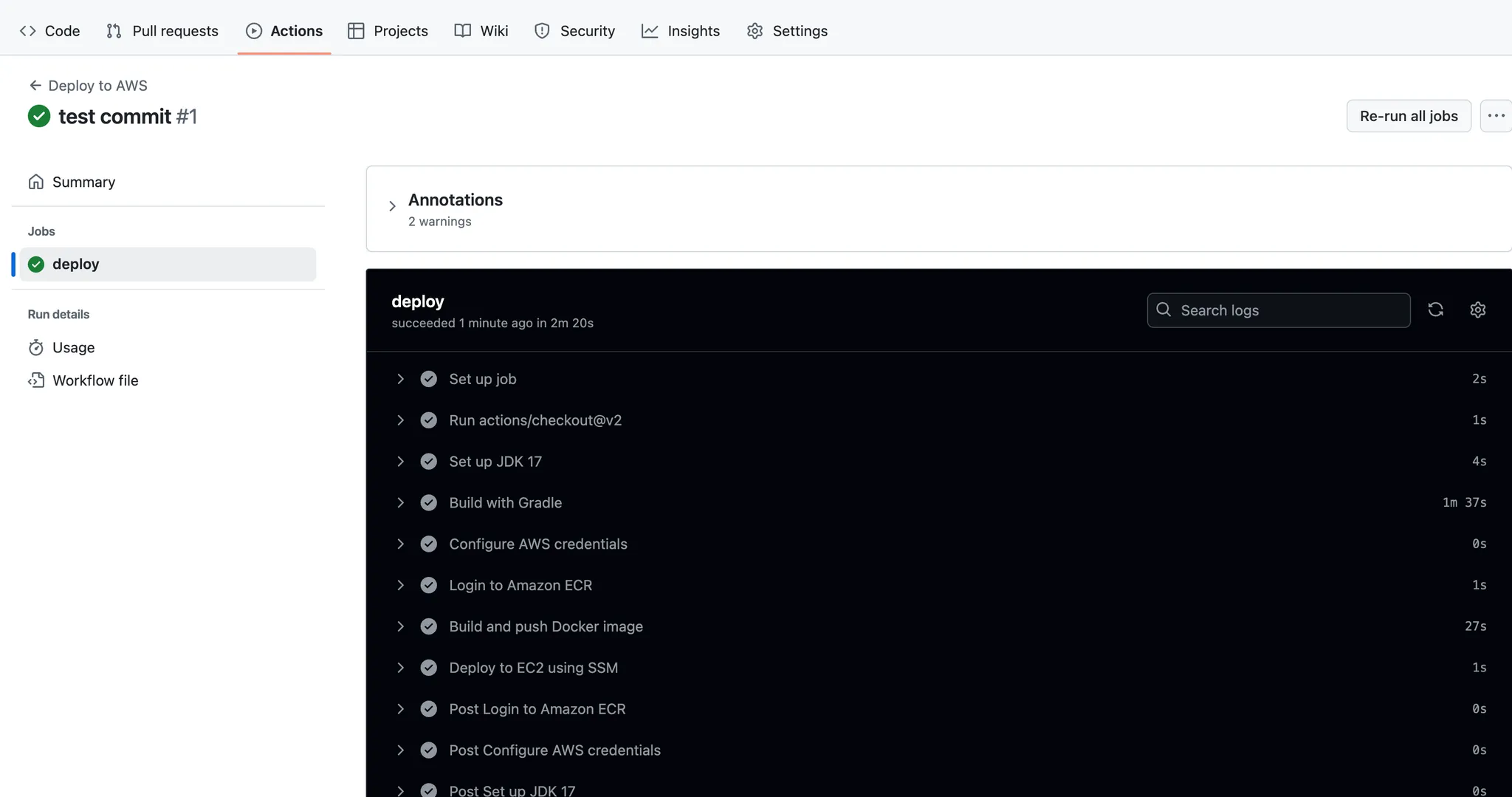
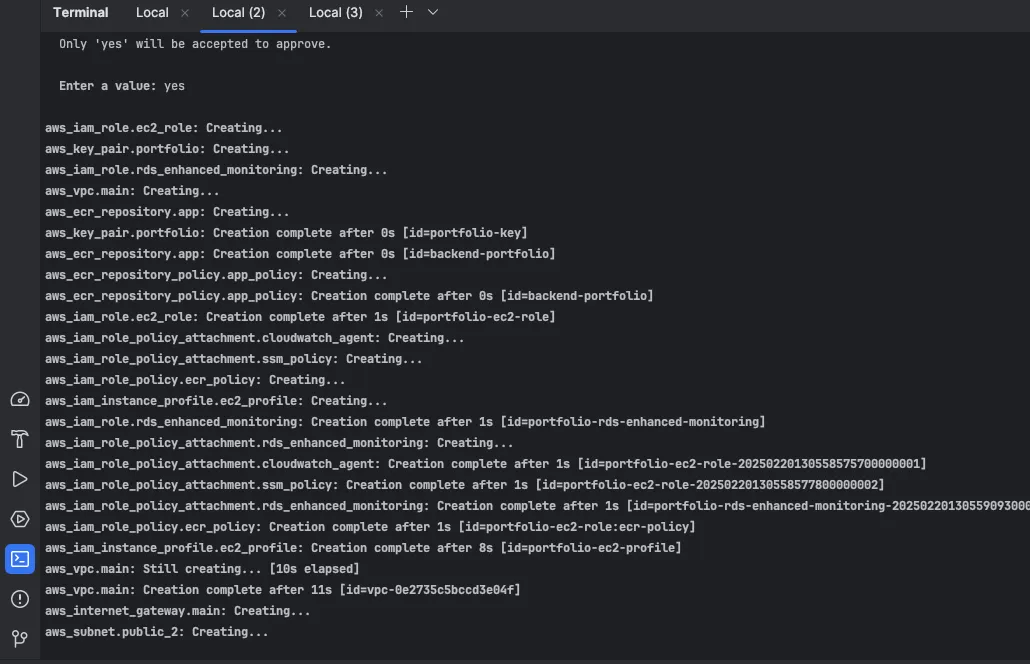





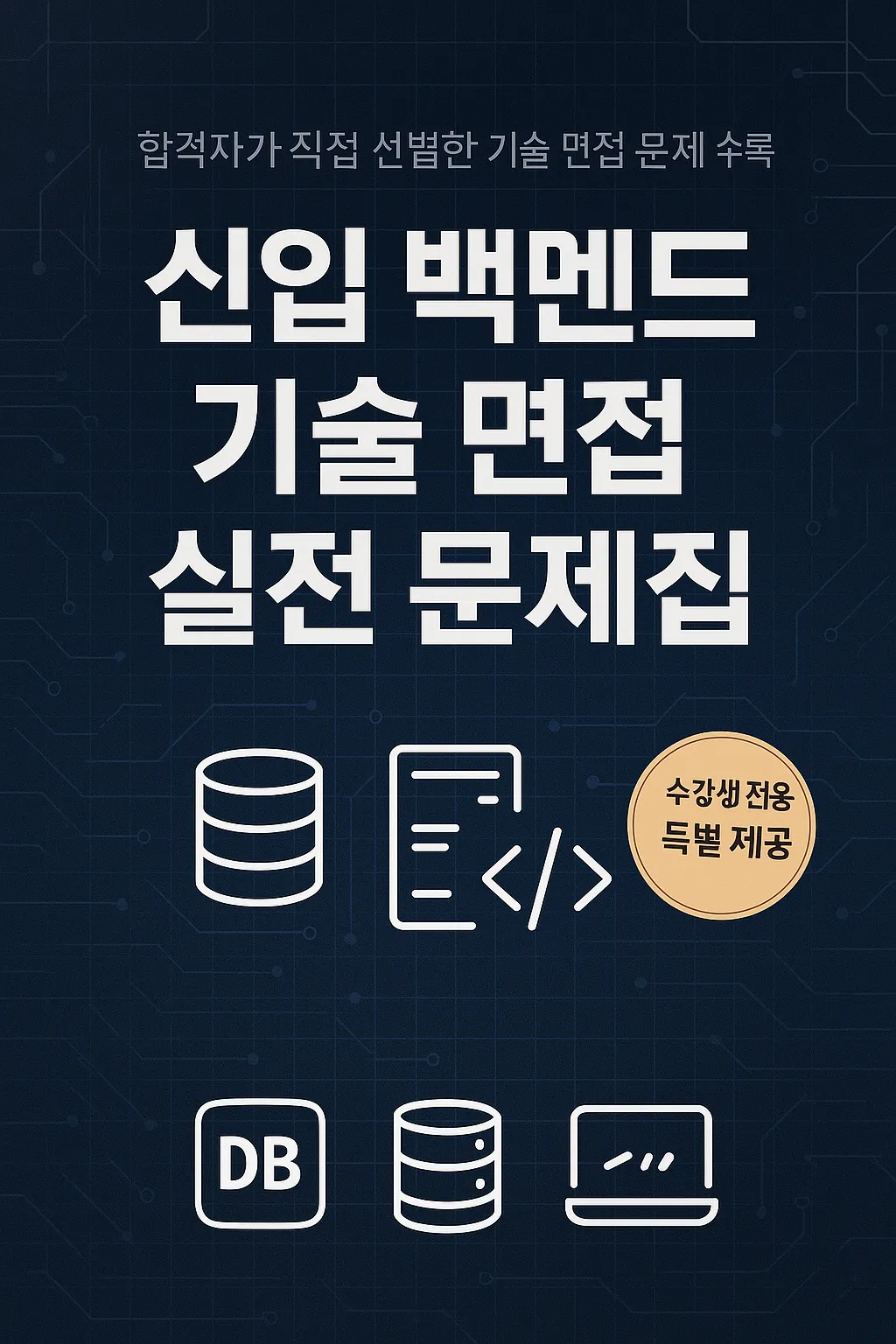
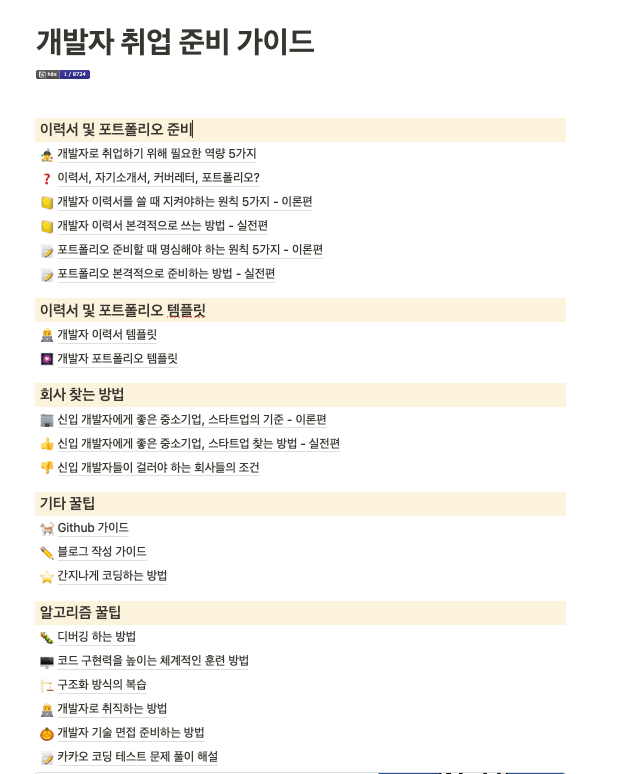

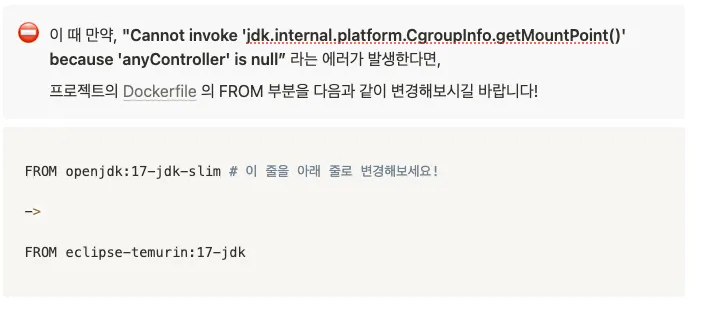
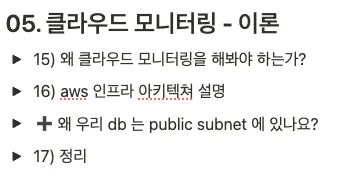
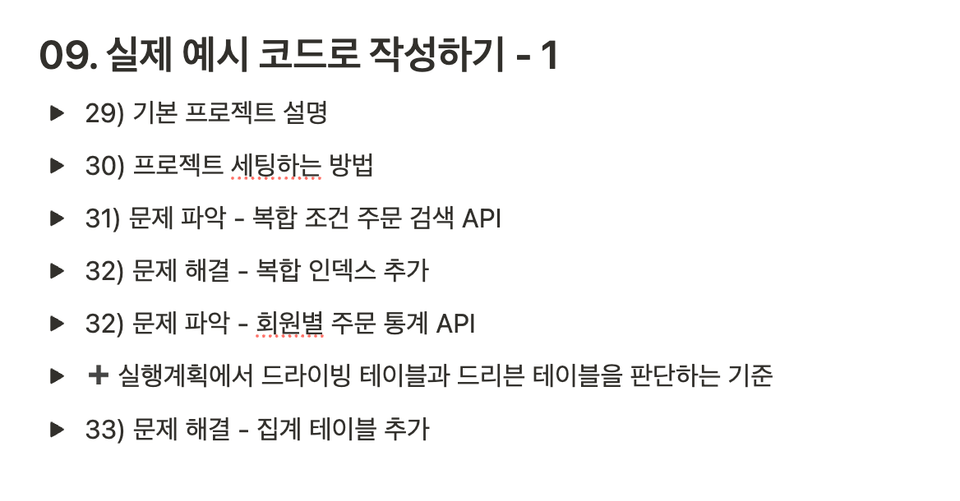
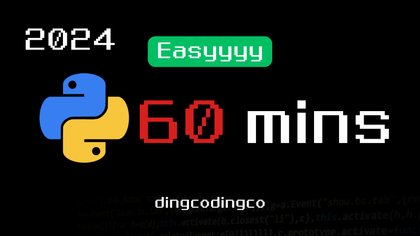
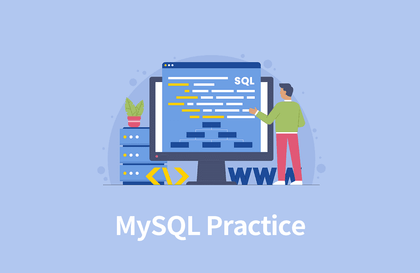
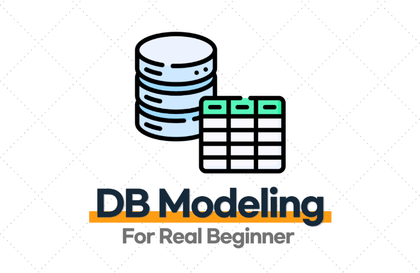
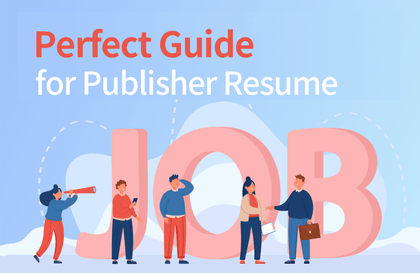


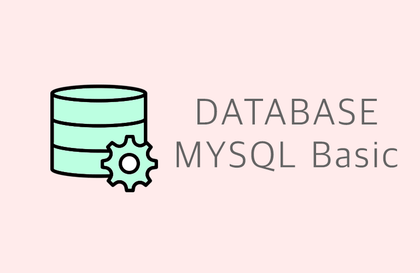
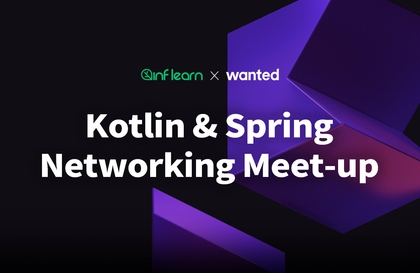
![[Season 1] Spring AI 실전: 프리미엄 예약 AI 에이전트 개발강의 썸네일](https://cdn.inflearn.com/public/files/courses/339732/cover/01kb2qr7zw5gf0724jvv4rndns?w=420)
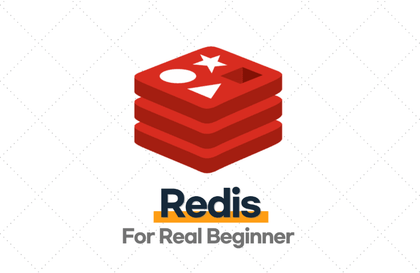

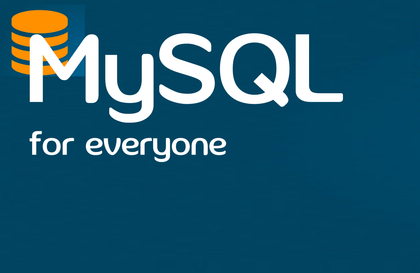
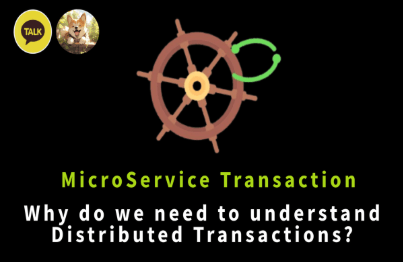
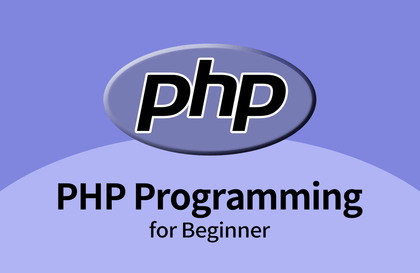

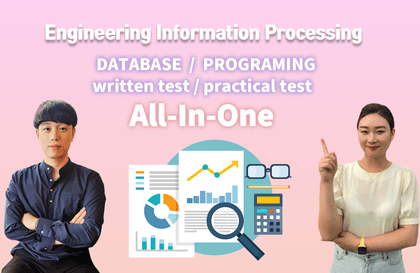
![[백문이불여일타] 데이터 분석을 위한 기초 SQL강의 썸네일](https://cdn.inflearn.com/public/courses/324566/cover/aa1fac55-6e80-4506-9c92-f32c2b65f93a/sql_basic.png?w=420)
![[Java 실무 프로젝트 심화편] Spring Core + H2 기반 푸드 트럭 키오스크 시스템 제작강의 썸네일](https://cdn.inflearn.com/public/files/courses/336594/cover/01k8hetsq20rg69zw5ve0q5729?w=420)
